Steph W. from SEOPressor


...help you check your website and tell you exactly how to rank higher?


69
score %
SEO Score

Found us from search engine?
We rank high, you can too.
SEOPressor helps you to optimize your on-page SEO for higher & improved search ranking.
By vivian on May 21, 2015
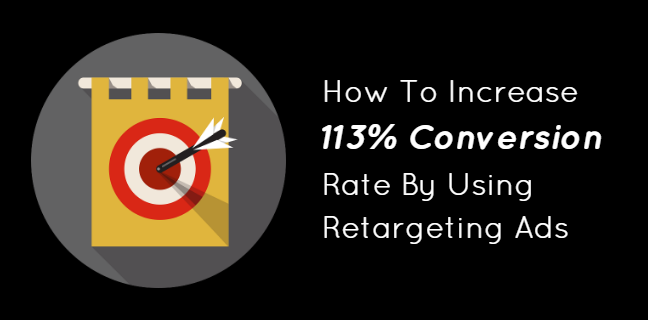
The percentage of leads that are converted after visiting your website are actually very low. On average, only two percent of all visitors are converted.
In addition to trying to target more people to visit your website, you should also make an attempt to remarket to those that left your website without being converted.
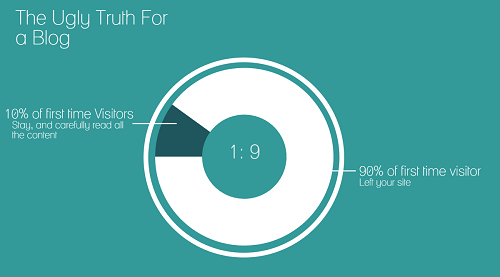
After all, 98 percent is a large number of people to ignore. And just because they weren’t converted the first time round, there’s absolutely no reason to think that they have zero interest in your brand.
So how do you actually remarket to those that have left your website without being converted? The answer is by retargeting them.
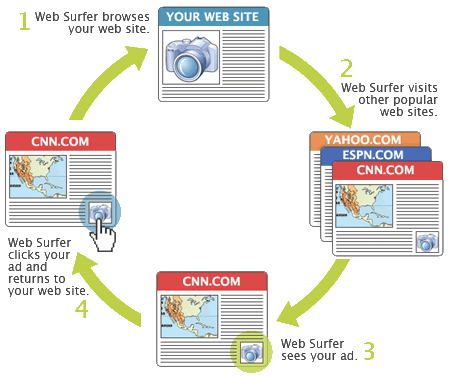
Retargeting is a strategy done by using a cookie-based technology. You’re probably aware of cookies, but if you don’t know what they are, they’re basically small files that hold specific data about a user and website.
These cookies can be accessed by the user as well as related web server. Retargeting uses cookie-based technology to implement a simple Javascript code that allows you to anonymously follow your website’s visitors all over the web.
So how does retargeting work? The Javascript code, or pixels as it’s often referred to as, won’t affect your website’s performance, nor will it be noticeable to visitors. Whenever someone new visits your website, the code will drop an anonymous browser cookie.
That cookie can then let your retargeting provider know when to display certain ads as your website visitors browse the web. This means that these ads will only show up to people that have visited your website.
Retargeting is an excellent way to reach consumers that you were unable to convert the first time around. However, it’s important to realize that although retargeting can help improve your conversions, the strategy doesn’t drive traffic – you need high-quality content marketing as well as PPC strategies such as AdWords in place for retargeting to be effective.
The following are the three main benefits of implementing a retargeting strategy into your inbound marketing campaign:
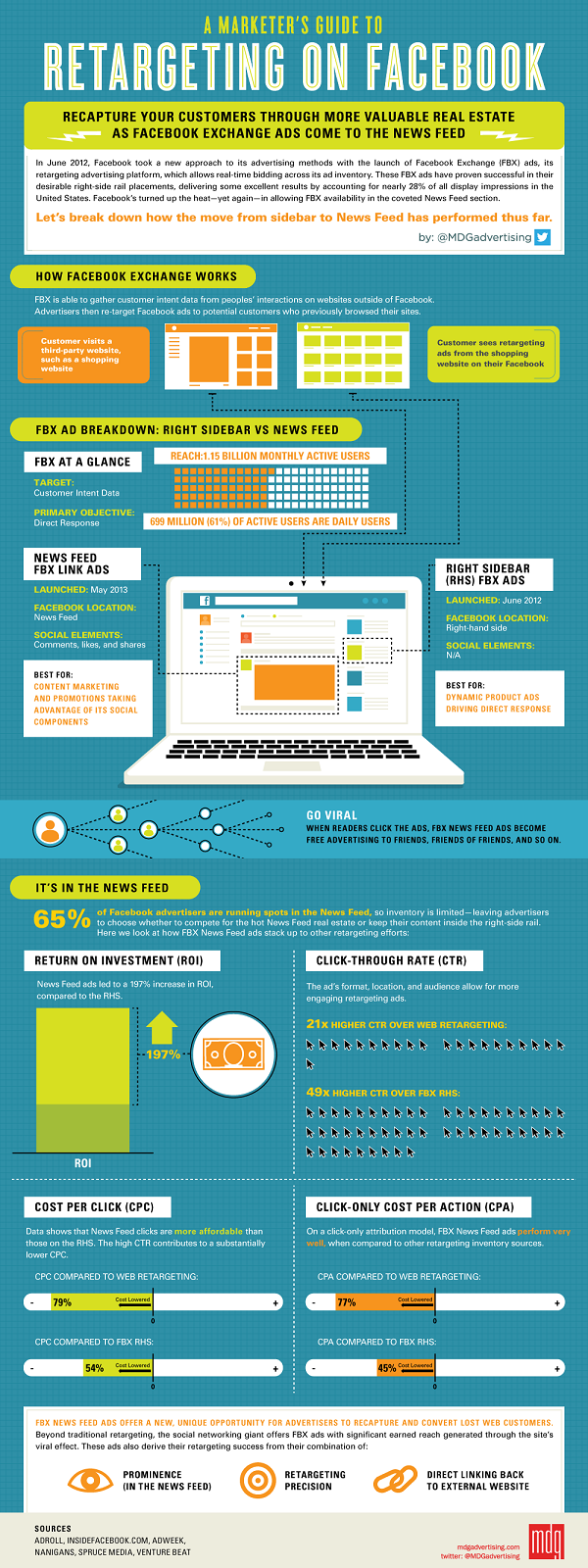
For example, someone who visited your blog for half a minute before leaving is going to be a little more difficult to convert than someone that spend thirty minutes on your e-commerce page and placed a few products in their shopping cart before abandoning it.
Focusing on retargeting this particular individual will probably lead to a better chance of success. In fact, it’s estimated that roughly 72 percent of all online shoppers end up abandoning their shopping carts. Unless you retarget these shoppers, only an average of 8 percent will return to complete their purchase. Take for example Bitdefender, which produces antivirus software. They use retargeting to improve sales.
They do this by displaying retargeted ads that emphasize the reputation of the product (such as by focusing on awards that they won) and by offering promotions (such an additional free year with the purchase of one of their services).

One way you can do this is by targeting them by the categories they viewed on your blog. Retargeting can help make your ads more effective as well – ad response can be boosted by as much as 400 percent through the strategy of retargeting website visitors.
A good example of this is Freshdesk, a cloud-based platform that features customer support software. They use retargeted ads to provide website visitors with helpful information that helps build relationships by increasing trust.

This often happens to companies that spend a lot of their resources strengthening their SEO – they end up getting a lot of web traffic from searches, but a very small percentage of those searches are brand searches.
By retargeting failed conversions, you can use smart ad copy to increase awareness of your brand, which in turn can help convince them to revisit your website. How effective is this? Your retargeted ads can help to increase branded searches by upwards of 1,046 percent!
A great example is Asana’s strategy. They retargeted visitors using ads that highlighted their app’s major benefits, such as “teamwork without email” and “achieve more and email less” to help strengthen awareness of their brand.
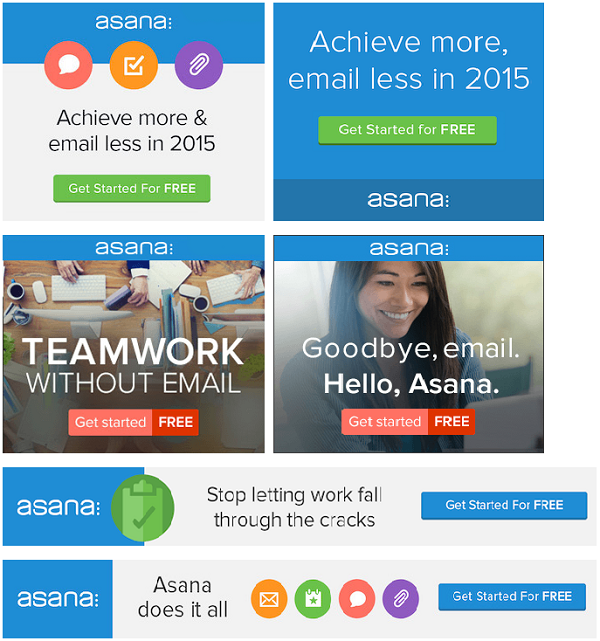
Retargeting can be done via numerous different channels. There are plenty of third-party platforms that you can use, including Retargeter, AdRoll and PerfectAudience. You can also retarget through specific social channels, such as Twitter, Facebook or LinkedIn.
The advantage of retargeting through social media is that your ads can be shared and discussed. People will also be able to see that your ads are coming from a legitimate account. However, retargeting through the web can be more effective for creating impressions since your ads won’t be limited to the audience of a specific social network.
So how exactly do you create a retargeted ad? Let’s use Facebook as an example. You’ll create a list of leads using their lifecycle stage and interests that you’ll upload into Facebook’s Audience Manager, which will match them up to their Facebook profiles. You can then create and segment ads to display to these leads.

Just because you’ve decided to retarget your website visitors doesn’t mean that you are automatically going to be successful in converting more of your leads. The following are a few tips you should keep in mind as you begin retargeting your visitors:

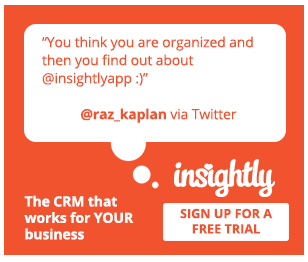

While retargeting can certainly be effective in increasing your leads, don’t be mistaken into thinking it’s a sure thing. The following are some of the challenges that retargeting presents:
– Retargeting unwanted visitors – Not all of your visitors are going to be part of your brand’s target audience. This means that retargeting some visitors is going to end up being a waste of resources.
You can avoid this by paying attention to the visitor’s actions on your website. If they left your homepage after only a few seconds, then trying to get them to return is probably not worth it in the long run.
– Guessing why visitors left – It’s not always obvious by their actions on your website why a visitor has left. They may have spent an hour using your blog posts without ever following a call-to-action. Trying to figure out what kind of ad to retarget them with in this case can be quite a challenge.
– Advertising too much – The Internet is full of ads, to the point where some visitors won’t even notice them pop up. Some will even be annoyed if you barrage them with ads. There’s not too much you can do about this, except putting a cap on the amount of times visitors are exposed to your ads so that you don’t annoy them.
Drawing visitors to your website should be a huge priority for your inbound marketing strategy, but just because you don’t convert them on their first visit doesn’t mean they are a hopeless cause. Retargeting not only gives you the chance to convert visitors a second time around, it also gives you the chance to strengthen your brand’s identity and increase its exposure.
Related articles you might like:
[This blog post was originally written and published by Brian Chang on May 20, 2015. It is most recently updated by Vivian on Jun 02, 2020]
Updated: 10 December 2025


Save thousands of dollars (it’s 100x cheaper)

Zero risk of Google penalty (it’s Google-approved)

Boost your rankings (proven by case studies)
Rank High With This Link Strategy
Precise, Simplified, Fast Internal Linking.
